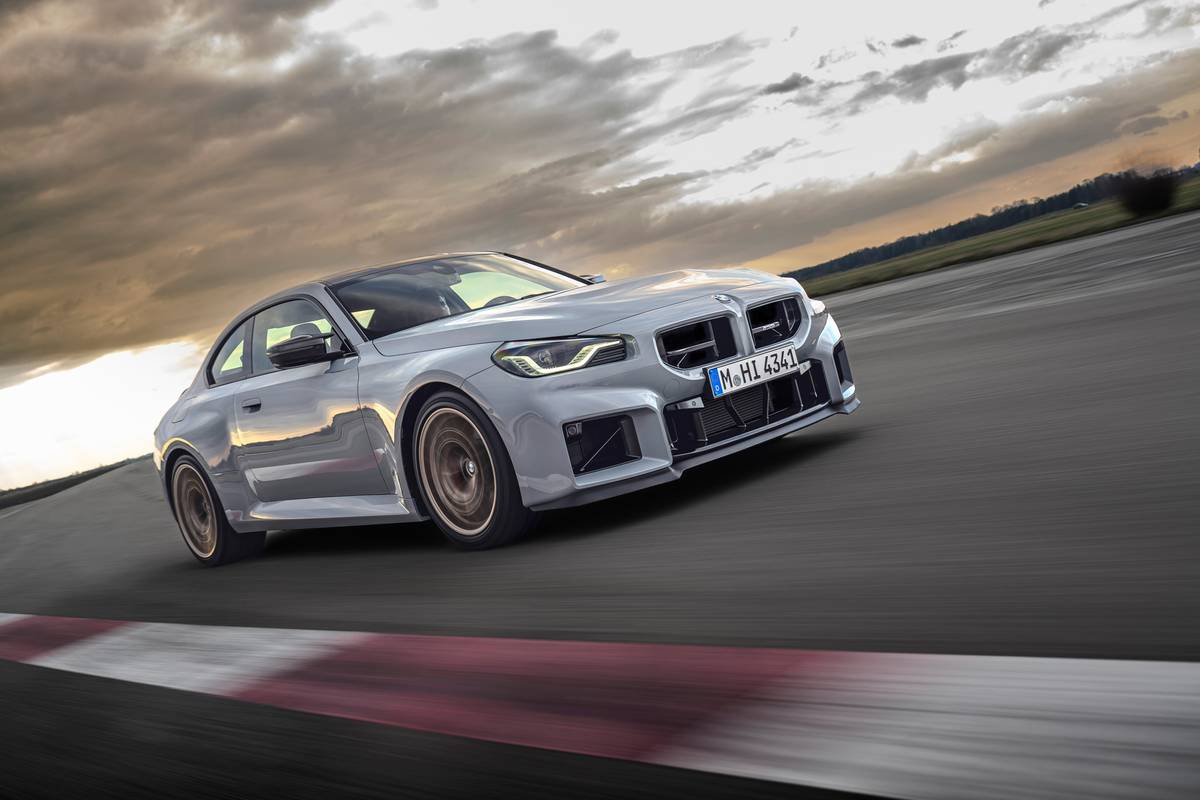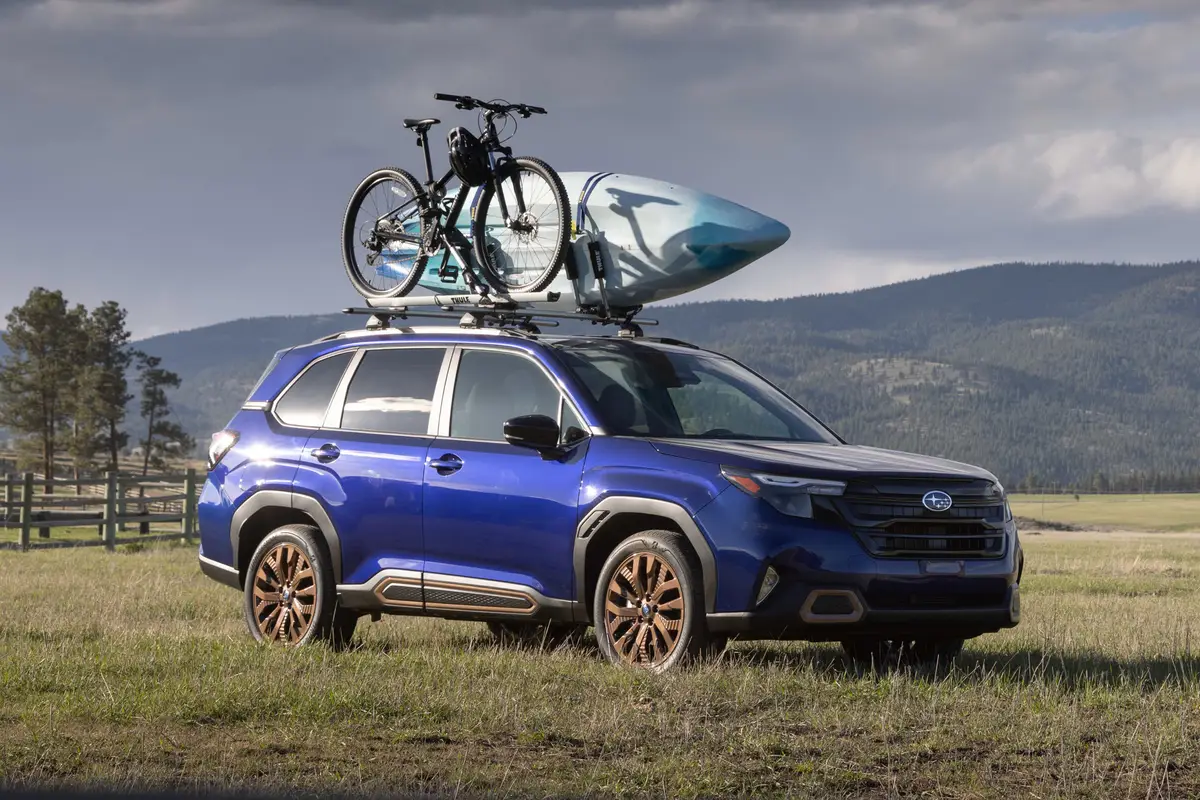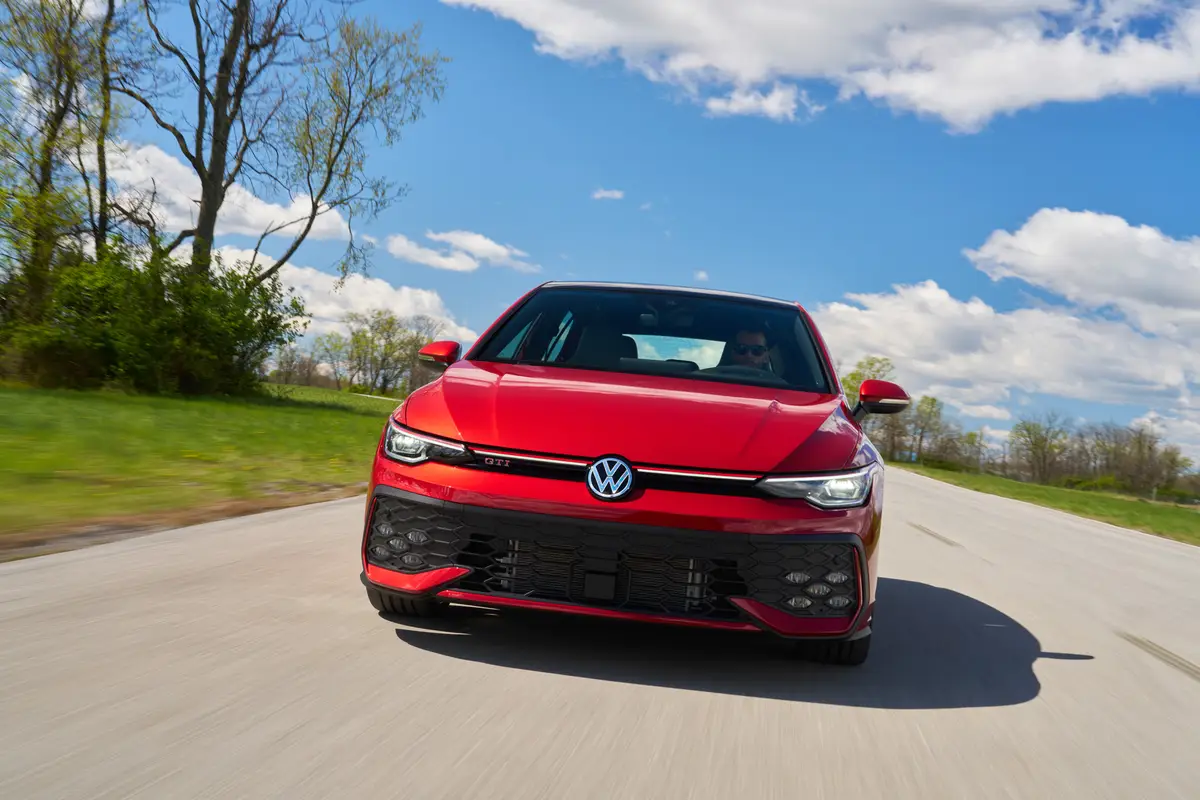Orlando Sentinel's view
At 300 horsepower, it wasn’t as though I had trouble merging onto freeways in the 2007 Jaguar XK. But the 420-horsepower XKR — that’s 30 more horses than even the last XKR had — well, this car is in a whole different league.
And it isn’t just the horsepower. Since it was introduced in 1996 as a ’97 model, the car always has had looks. And, on paper, it had performance, as that original XK8 had a reasonably potent 290 horsepower. It appropriately had big tires and a sophisticated suspension, but it always felt soft — numb, overboosted steering, a ride that gave up handling for comfort. It was not a legitimate alternative for, say, a Porsche 911 or even a Chevrolet Corvette.
The redesigned 2007 XK (it’s no longer the XK8) is every bit as comfortable as the last model, but the performance seemed much more on target. And now, with the higher-performance XKR — like the XK, it has a 4.2-liter V-8, but the XKR has a supercharger — well, suddenly, this car is an alternative to some genuine high-performance cars. Steering feels just right, handling is superb, and the ride remains more than tolerable on all but the roughest roads. It has been a long time — the E-type or XKEs of the 1960s, I’d submit — since Jaguar got its sports car this, well, right, in both looks and performance.
And thanks to what Jaguar calls a “fully active exhaust,” it even sounds right. That active exhaust actually changes the exhaust under throttle, creating “a purposeful V-8 roar under hard acceleration,” says the company. Stupid? Yes. But, my goodness, it sounds sweet.
Helpful, too, is that Jaguar trimmed more than 150 pounds off the previous XKR — at 3,671 pounds, it’s no featherweight, but it does feel more nimble. The fat 19-inch Dunlop radial tires are an excellent compromise between grip and a quiet, supple ride on the highway.
Inside, there never has been much reason to complain about any XK model of the past decade: Jaguar’s interior designers have long managed to package up-to-date mechanicals in a warm, mostly traditional treatment, with ample wood and nicely stitched leather. I’ve often complained about Jaguar’s awkward “J-gate” shifter, which had Park at the top of the “J,” then you shift down, and to the left, and back up to access all the gears. Now, at least, the “J” is a backwards “L,” which is better. Front seats are quite comfortable; rear seats are pretty much theoretical: They are there, but you would have to want a ride awfully bad to sit back there. Trunk space is more than adequate.
On the road, the engine’s supercharger — essentially a pump that forces air and fuel into the engine under pressure when you accelerate hard — is quiet and unobtrusive. Jaguar says the XKR will go from 0 to 60 mph in 4.9 seconds, up to a limited top speed of 155 mph, and that is entirely believable.
Base price is a healthy $85,835 for the coupe test vehicle — if you want a convertible, that’ll be an extra $6,000. The test car had adaptive cruise control ($2,200), a luxury package ($2,100), and an upgraded sound system ($1,875). With $665 in shipping, the bottom line was $92,675.
Expensive? Sure. And a Chevrolet Corvette Z06 will go a lot faster, for about $20,000 less. But if you want a Jaguar — a Jaguar that genuinely represents the history of the marque — I suppose the price isn’t that outrageous.
Latest news



